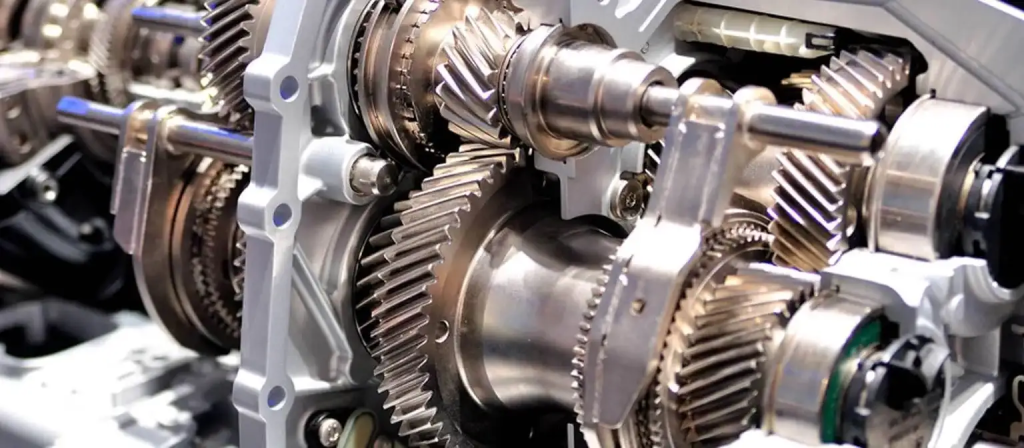As the heart of your vehicle’s power system, car transmissions are crucial components of any vehicle. They transfer power from the engine to the wheels. Let’s face it: without them, your car wouldn’t move. Understanding transmissions can help you make informed decisions about car maintenance and repairs.
What Is a Transmission?
The transmission is a complex system of gears. It adjusts the power output from your engine and allows your car to move at different speeds. Transmissions come in various types although the most common are manual, automatic, and continuously variable transmissions (CVTs).
The Importance of Proper Transmission Function
A well-functioning transmission is essential for several reasons:
• It ensures smooth acceleration• It helps maintain fuel efficiency• It prevents unnecessary wear on the engine• It contributes to overall vehicle performance
When transmissions fail, it can lead to costly repairs. In some cases, a complete replacement might be necessary.
Rebuilt Transmissions: A Cost-Effective Alternative
Rebuilt transmissions offer a middle ground between repair and replacement. They involve refurbishing an existing transmission. This process replaces worn parts with new ones. Vehicle owners find that a rebuilt transmission can be a cost-effective solution for many situations, often providing performance similar to new transmissions at a lower cost.
How Transmissions Work
The Basics of Power Transfer
Transmissions work by changing gear ratios. This process adjusts the relationship between engine speed and wheel speed. Lower gears provide more power but less speed. Higher gears offer less power but greater speed. This balance allows your car to operate efficiently in various driving conditions.
Manual Transmissions
Manual transmissions require driver input to change gears. They use a clutch pedal and gear stick. The driver must manually disengage the engine, select the appropriate gear, and re-engage the engine. This type offers more control but requires more skill to operate.
Automatic Transmissions
Automatic transmissions change gears without driver input. They use a complex system of planetary gears and hydraulics. This system senses vehicle speed and engine load. It then automatically selects the appropriate gear. Automatic transmissions are easier to use but can be more complex to repair.
Continuously Variable Transmissions (CVTs)
CVTs don’t have fixed gear ratios. Instead, they use a system of pulleys and belts. This allows for seamless acceleration without distinct gear changes. CVTs are known for their smooth operation and fuel efficiency. However, they can feel different to drive compared to traditional transmissions.
Signs of Transmission Problems
Recognizing transmission issues early can prevent major repairs. Common signs include:
• Slipping gears• Rough shifts• Delayed engagement when putting the car in gear• Unusual noises during acceleration• Burning smell
If you notice these symptoms, it’s important to have your car checked promptly.
Maintaining Your Transmission
Regular maintenance can extend your transmission’s life. This includes:
• Checking and changing transmission fluid regularly• Using the correct type of transmission fluid• Avoiding overloading your vehicle• Not shifting gears while the car is in motion (for manual transmissions)
Following these practices can help prevent premature wear and costly repairs.
The Future of Transmissions
As automotive technology advances, transmissions are evolving. Electric vehicles often use single-speed transmissions. Hybrid vehicles may use a combination of traditional and electric systems. These changes aim to improve efficiency and reduce environmental impact.
Why Transmissions Matter
Transmissions play a vital role in your vehicle’s performance. They affect fuel efficiency, driving experience, and overall vehicle longevity. Understanding how they work can help you make better decisions about car care and maintenance.







